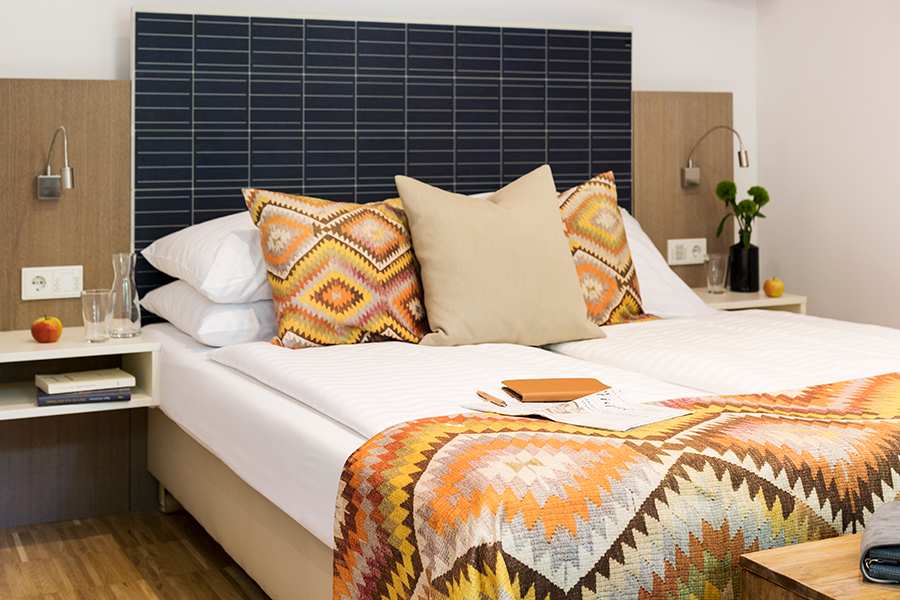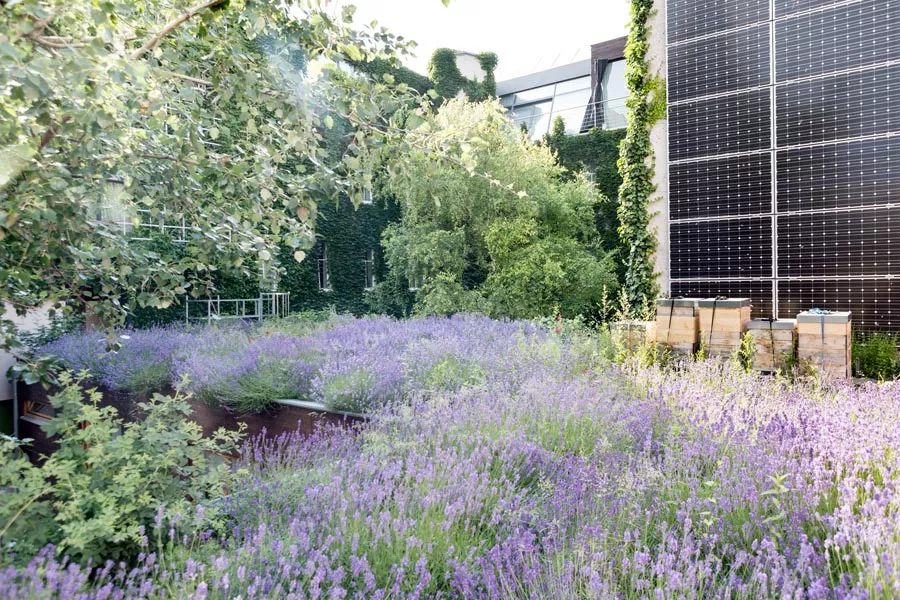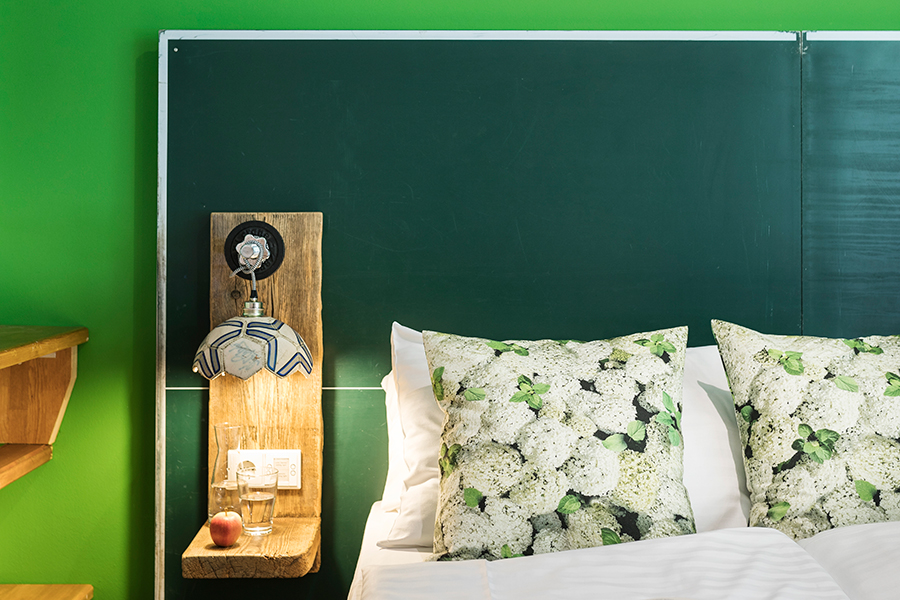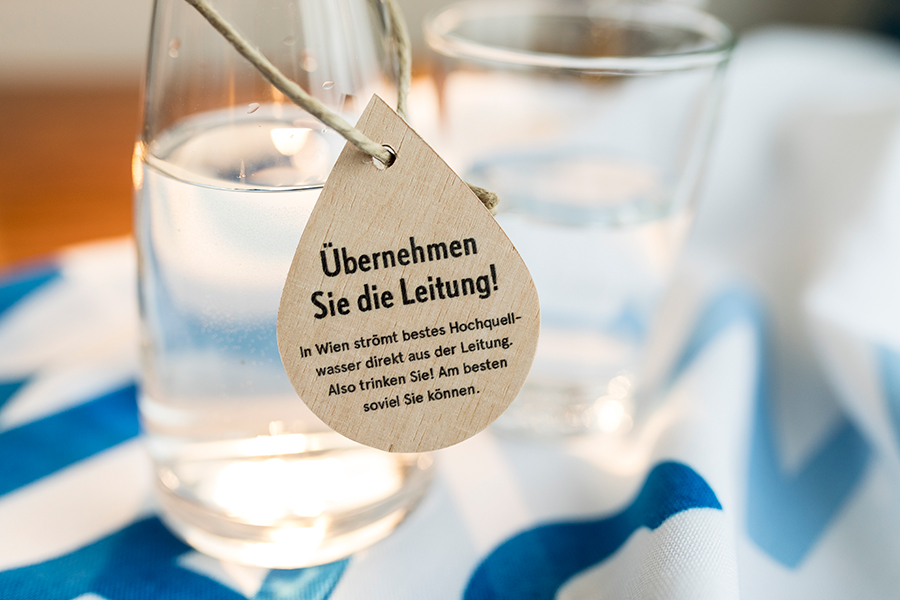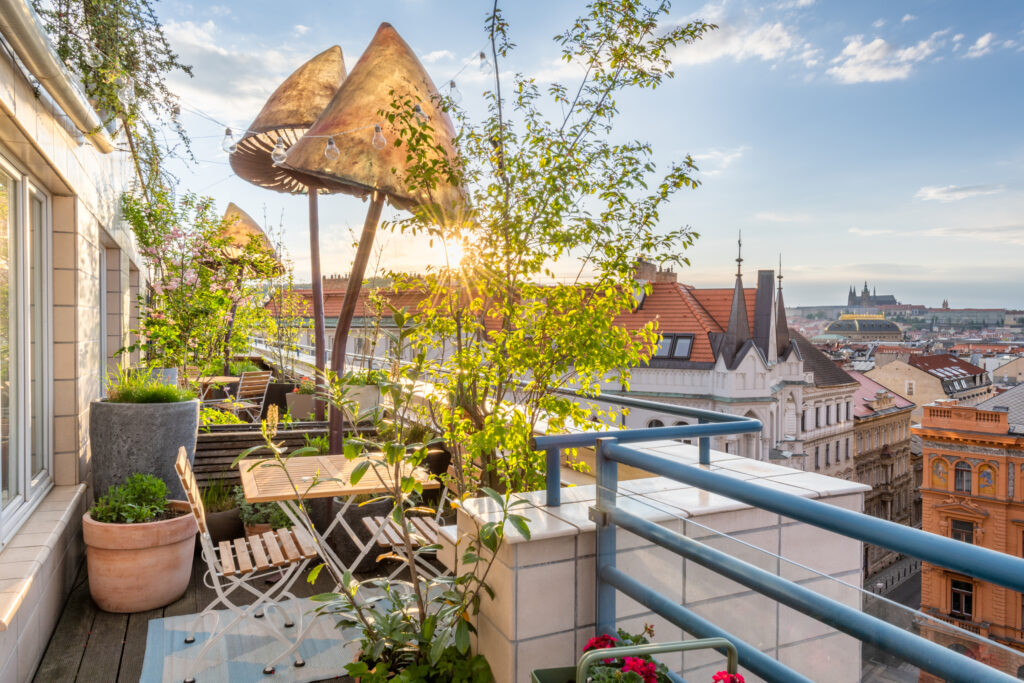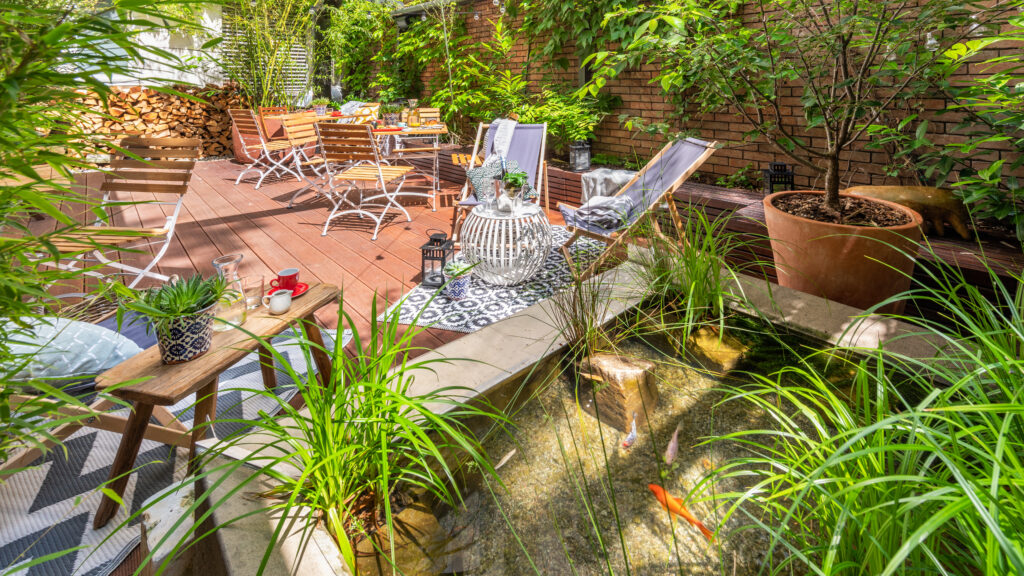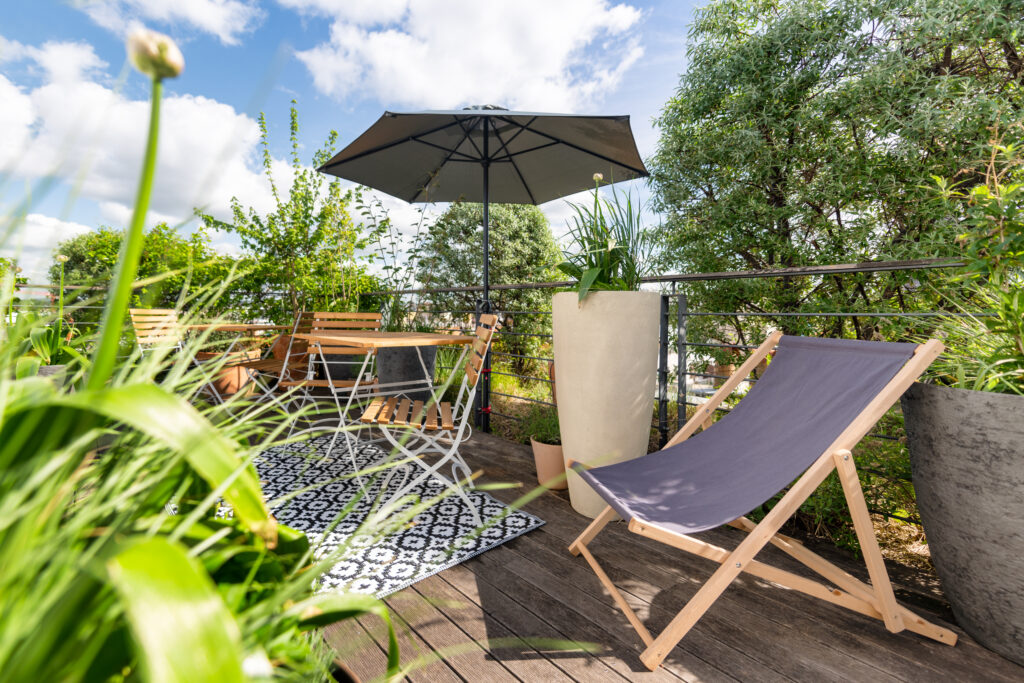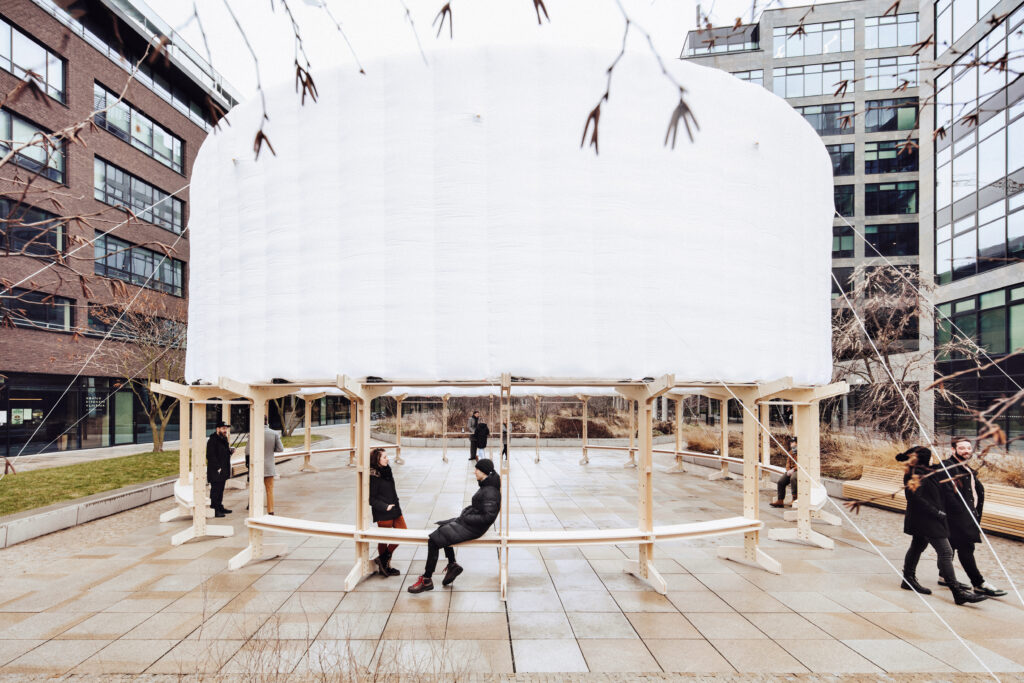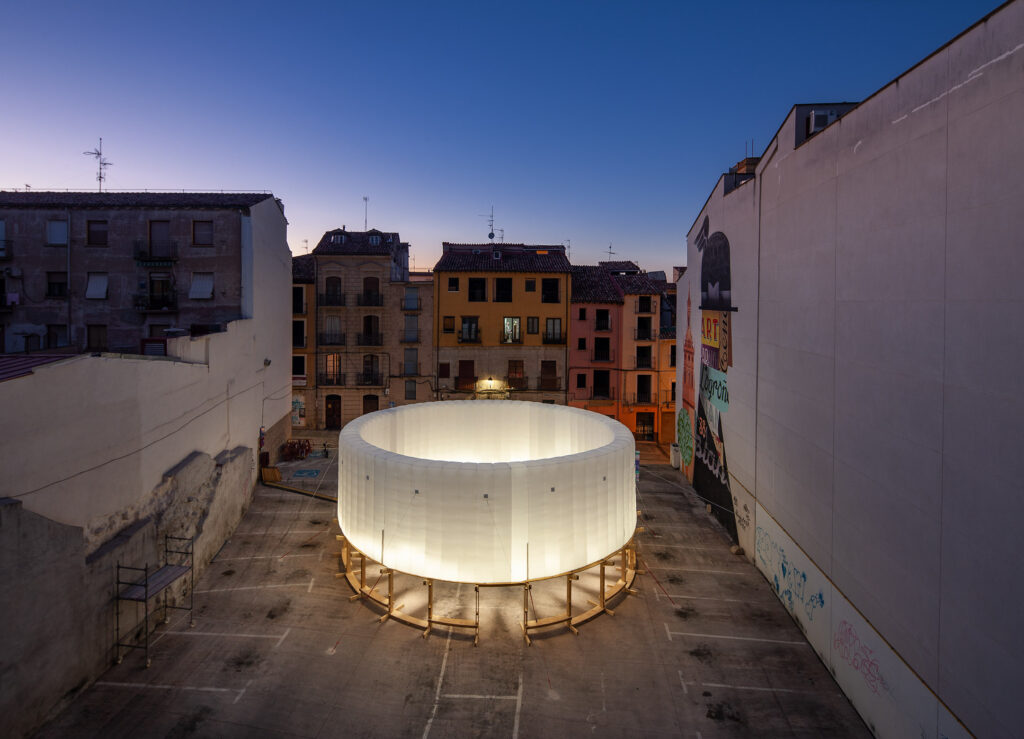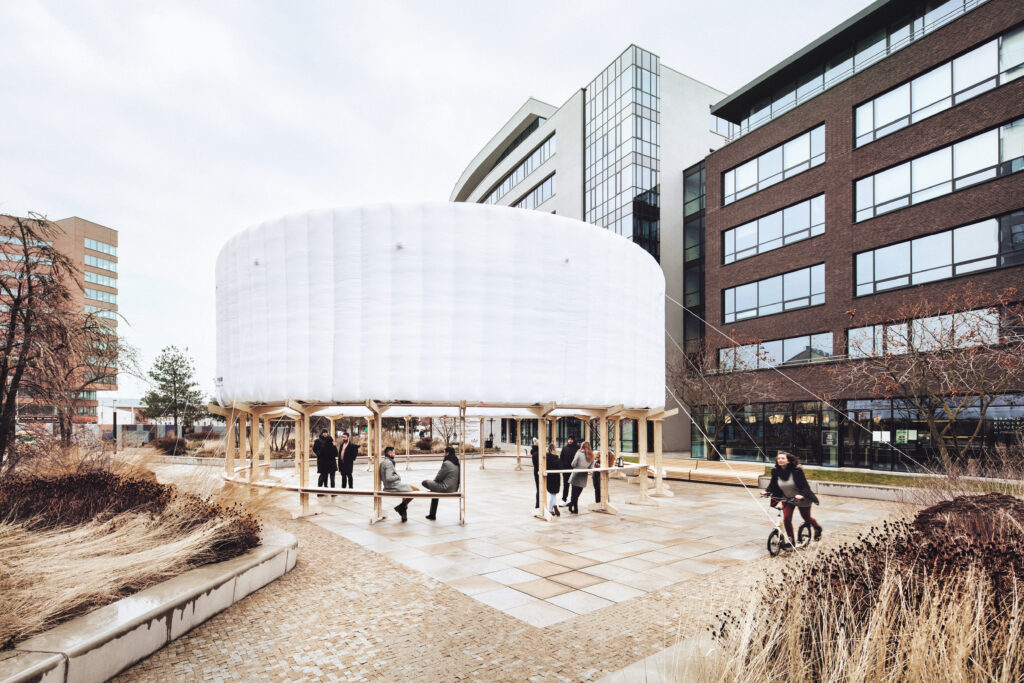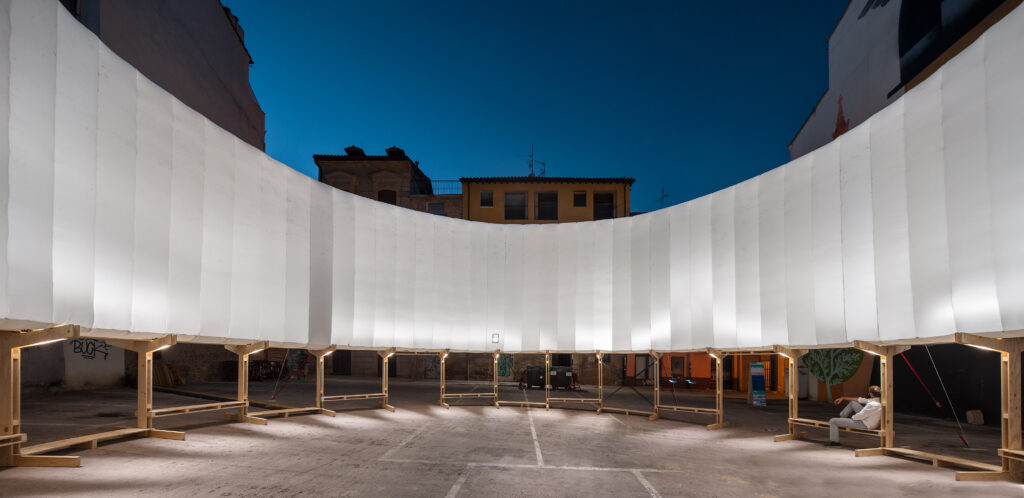In our first blog post about sustainability, we promised to look at examples of good practice in the Czech republic and around the world. Now, let’s dive into it!
We don’t have to go far for one of the best inspirations. Boutiquehotel Stadthalle in Vienna is the first city hotel with a zero energy balance. The hotel generates energy and heat from photovoltaic/solar panels and from a geothermal heat pump. They use LED bulbs and energy-saving shower heads. Energy is also saved by the absence of minibars in the rooms. The hotel separates 100% of its waste and serves organic breakfasts. And a cherry on top of the cake? Guests who arrive by train, bicycle or electric car receive a 10% discount.
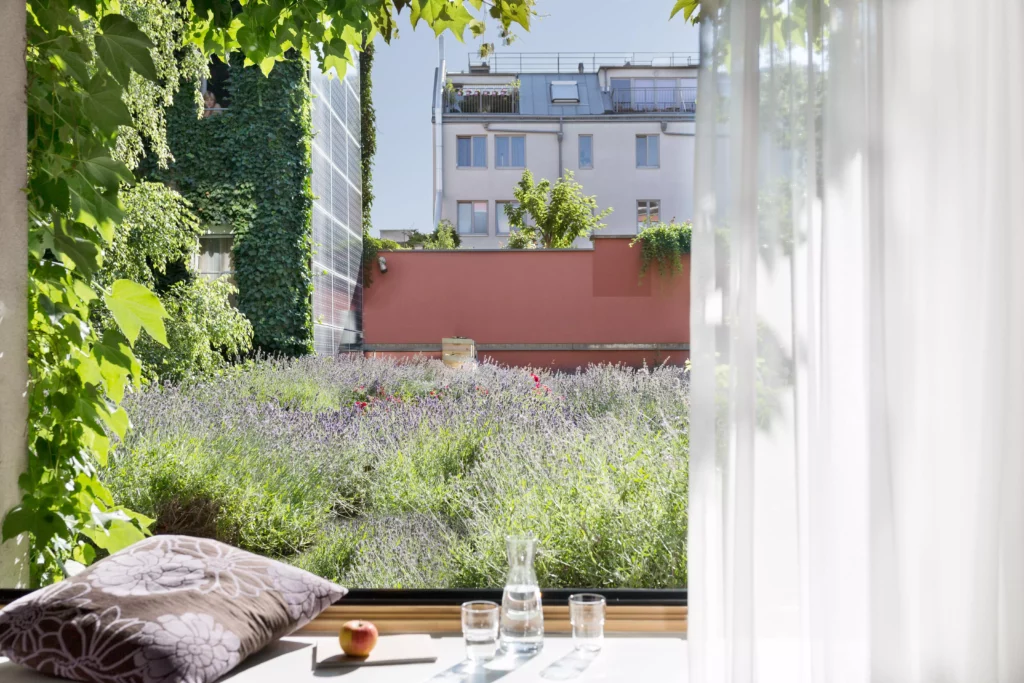
The most recent project is the renovation of 16 rooms and the breakfast room in the spirit of the seventeen sustainable development goals defined by the UN. All using old, discarded and unnecessary items. A great example of upcycling and spreading awareness about the pressing problems of today’s world, all in one!
You will find, for example, a discarded solar panel, a school blackboard or a row of airplane seats in the rooms. Shower head or an old hair dryer are now used as lamps and an old exercise machine serves for storing clothes (how apt!). This is exactly the added dimension beyond the usual sustainable measures that puts the Boutiquehotel Stadthalle several steps ahead of the competition.
Bella Arena, the new congress center in Copenhagen, Denmark, is one of the most sustainable venues in the world. Material from recycled beer barrels and wood from the original Bella Center were used for the construction. The building is energy efficient and works on the principles of circularity. There are beehives on the roof, which are cared for by people from an organization that supports refugees, the long-term unemployed and the homeless people. The company also works with responsible coffee and snack suppliers.
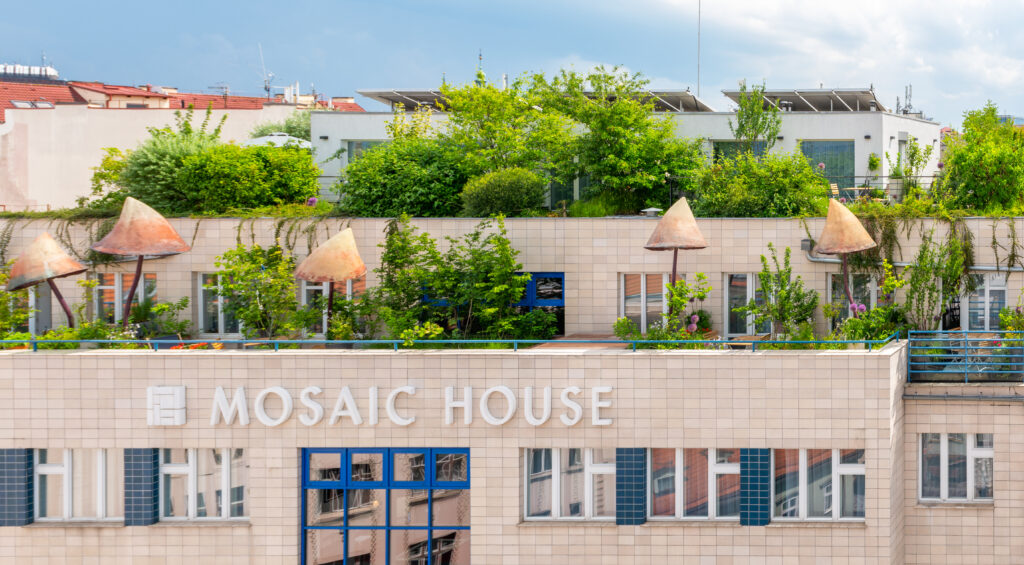
Mosaic House Design Hotel in Prague was completely renovated in May 2020. However, it has been a sustainable building since 2010, when it opened its doors to guests, originally as a hostel. The hotel uses a greywater recycling system. That means that the water from the showers and sinks is specially treated and then used again to flush the toilets. The roof of the hotel is covered with solar panels and the annex building’s roof is green with lush vegetation. It offers bird drinkers and also special bat boxes. On the balconies and in front of the hotel, you will notice well-maintained greenery, which in the summer helps to create islands of a more pleasant climate in the heated city. Other measures that contribute to sustainability include: LED bulbs throughout the building, a smart shading system, biodegradable capsules for coffee machines, and free rental of bicycles for guests.
Another Prague example from the commercial sphere worth following is the ČSOB headquarters in Radlice. There are 177 geothermal wells installed under the building, which are used for heating and cooling the entire building. The building has no boiler room, it is not connected to coal or gas. They process all the rainwater that circulates through the building and waters the plants. The newest South Building (SHQ) received LEED Platinum certification, the highest possible mark in this rating system from the US Green Building Council.
In 2007, Chateau Mcely became the first five-star green hotel in the Czech Republic and the second in Europe. It is also the holder of the prestigious award World leading green hotel. From the very beginning, the authors of the renovation project made sure that local manufacturers were involved in the interior fittings to the maximum extent possible. Local ingredients are the main motto of the restaurant, the hotel has its own garden and a snail farm. They carefully sort not only the gastro waste, but also the contents of the waste bins from the guest rooms. Heating is provided by an ecological wood chip boiler from a local supplier. 100% of the electricity is green, and part of the electricity comes from their own photovoltaic panels. The hotel supports children from the Children’s Home in Nymburk, for example by providing English lessons, material donations and organizing various events throughout the year.
The Brno architectural studio KOGAA came up with an innovative idea to revitalize unused spaces in cities. Their mobile “public space” AIR SQUARE brings life to hot concrete squares. In addition to disrupting the heat islands that arise in urban habitat, it also provides space for cultural events and gatherings. The inflatable part provides the desired shade in the summer, illuminates inhospitable corners at night and increases safety.
There are many options for taking that next step towards greater sustainability. Whether you think of them as responsibility towards the environment or the local community. Gor for it with the best intentions and you can’t fail!
Next time we will focus on South Moravia. Are we keeping up with the rapid develepoment? Are we doing enough to preserve the environment? Follow us on Instagram so you don’t miss a thing.
